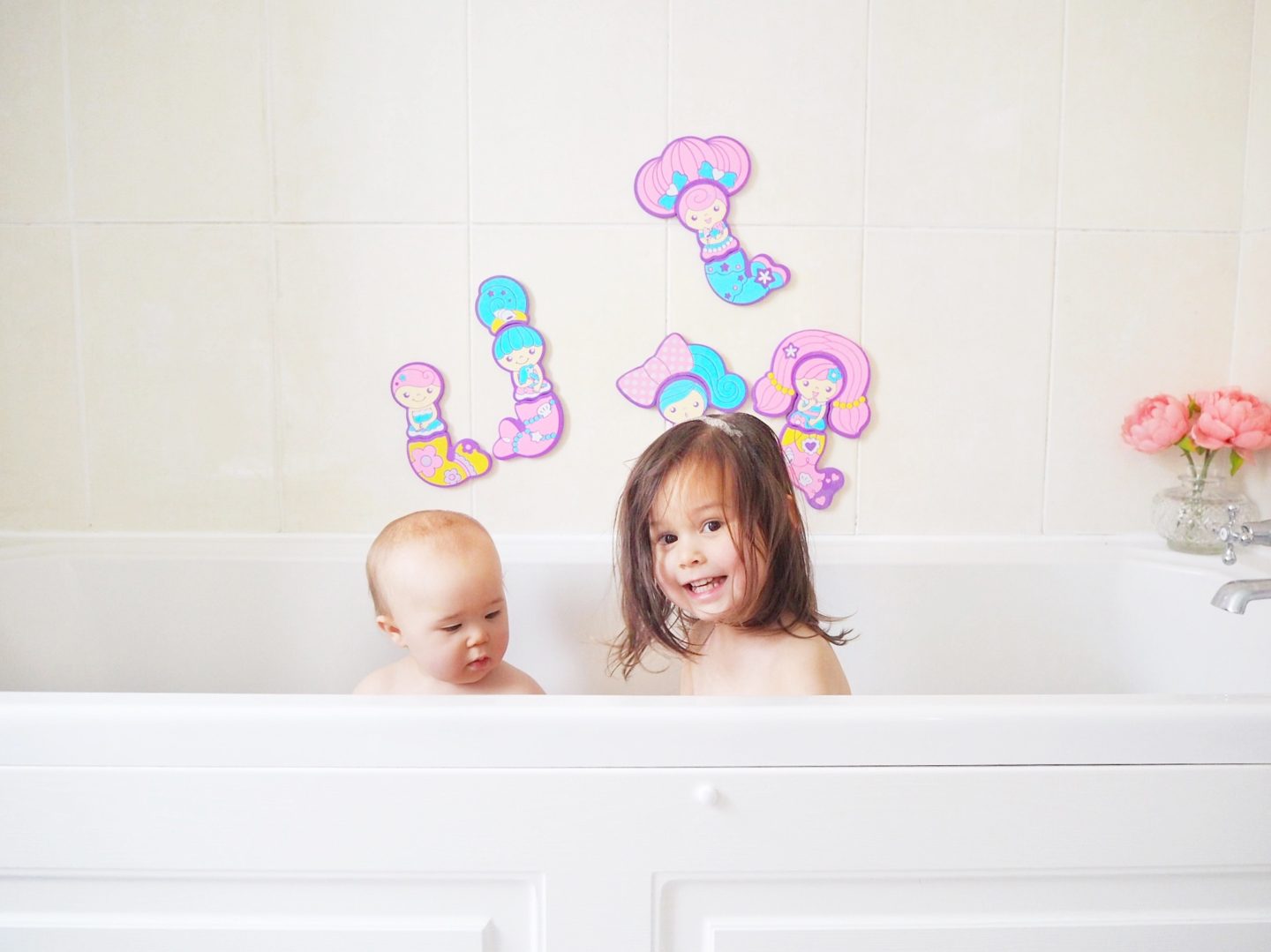
Two weeks ago my two year old had febrile convulsions, and it was the most terrifying thing myself or my husband have ever been through.
She was sat watching television and all of a sudden her entire body seized up and she began shaking, her eyes weren’t focusing and she began foaming at the mouth. We placed her on the floor and were desperately trying to get her to come round, to stop, but she wouldn’t, we were crying and screaming, we didn’t know what was happening.
I called an ambulance, and after a few minutes the seizure stopped and she became fully unconscious, we thought she was dead. I can’t even put in to words how dreadful those minutes were, all of my nightmares were coming true, she had been completely fine and then all of a sudden she was unconscious on the floor surrounded by paramedics unable to wake her.
Even now, despite knowing what happened, despite knowing she is okay, despite knowing she is safe, those few minutes of thinking she was dying and there was nothing we could do still haunt us both. My husband found himself crying in the changing room at work a few days later. It has left us completely shaken.
At the time, we had no idea what was going on, which is what made it so terrifying. Now, armed with knowledge and experience, we would be much better equipped to deal with febrile convulsions, so I’ve compiled a brief information sheet so that if it ever happens to your child, you know what you are dealing with.
Febrile Convulsions
Caused by a fever, (infection/vaccination reaction/genetic factors) it occurs when the body is unable to regulate temperature. Most common between age 6 months and 3 years.
The body becomes stiff and twitches, this usually lasts less than five minutes but can last up to 15 minutes. The child will then become unconscious.
Put the child in recovery position because there is risk of vomiting. Check they are breathing.
Call an ambulance.
(You may be advised differently, but we were told that if it happens again to call an ambulance again, as the child will need to be checked for other things such as epilepsy or sepsis).
Cool the child down, strip their clothes, if they become conscious try to give them paracetamol to calm the fever.
In the majority of cases children make a full recovery from febrile convulsions and they cause no permanent damage, but they do indicate an infection or other cause, and some other more serious conditions can look very similar so it is always best to seek medical attention as soon as possible if you are unsure.
Once a medical professional has diagnosed febrile convulsions, be aware that your child may have one again, so be extra vigilant about keeping any fever they may develop under control.
And finally…if you are anything like me…have a stiff drink!
I hope this information might make a terrifying experience less distressing for someone out there.
For more information visit NHS Febrile Convulsions



